Buenos Aires, a night view of the popular neighborhood of La Boca, the port and its businesses. [ENG] / Buenos Aires, una visión nocturna del popular barrio de La Boca, el puerto y sus negocios. [ESP]
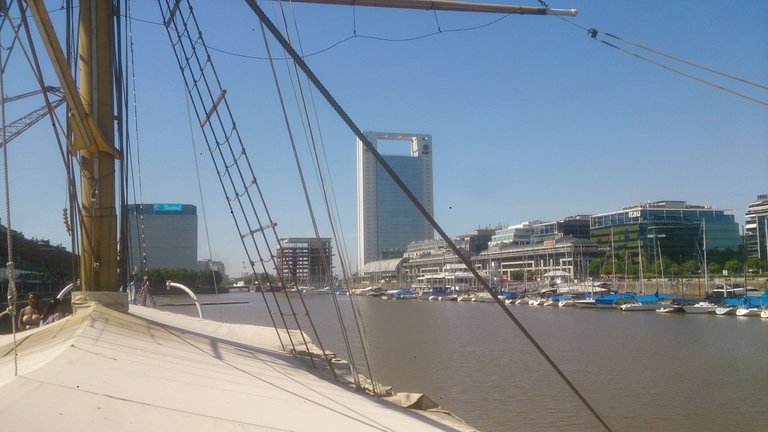
The port of Buenos Aires and the neighborhood of La Boca can be considered two postcards united by the same origin and with the same sensations of life.
On the one hand, the immense skyscrapers that show their tips behind Puerto Madero, indicating the presence of a constant modernity in a megalopolis like Buenos Aires, cosmopolitan, multiracial.
And on the other side the classic neighborhood of La Boca, cradle of so many European immigrants, especially Italians, with its classic tenement houses, today tourist corners with their multicolored houses and businesses open twenty-four hours a day.
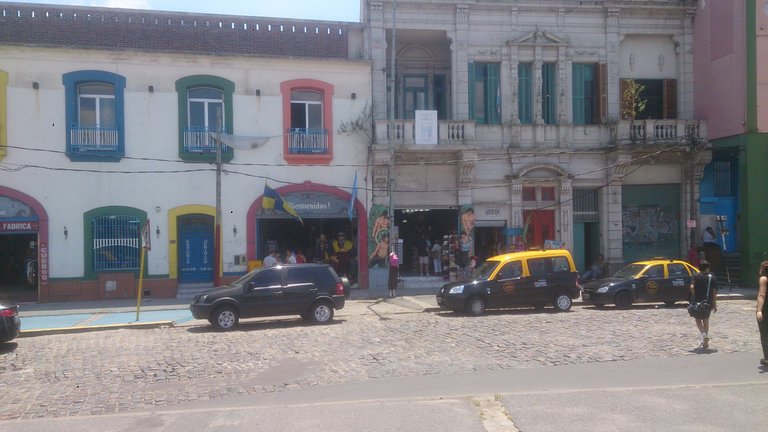
The port area of Buenos Aires and the neighborhood of La Boca have a nightlife of their own with the permanent opening of spaces dedicated to culture and art such as the naval museum, to gastronomy and to leisure and entertainment in general.
Its bright and colorful stores, the kindness of its owners and employees trying to capture the tastes of an international tourist clientele, its modern museums, the street art, the graffiti artists constantly at work on the walls (few) that remain unpainted, the live tango shows with a choreography between ancient and modern with all the sensuality of this music, and the component that could not miss: soccer, La Boca is a neighborhood you can not miss, even if it is just passing through.
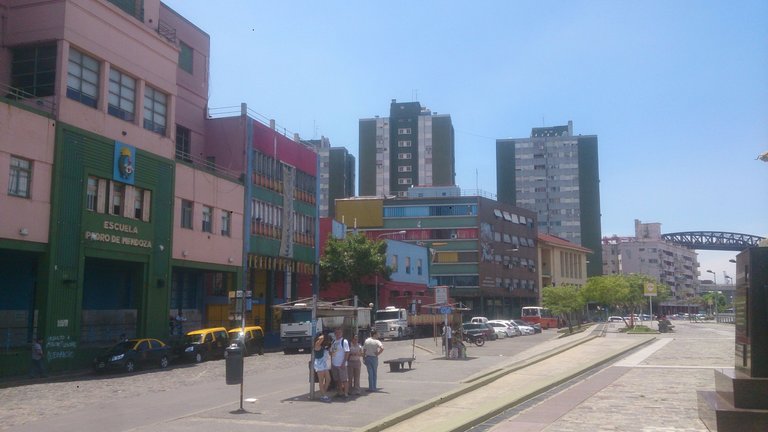
The port area of La Boca is one of the oldest and most emblematic of the city of Buenos Aires.
Italian immigrants from Liguria arrived there and ended up creating a soccer club (Boca) and as they did not know what colors to put on it, the main leaders sat on the dock waiting for the arrival of the first ship that perhaps brought other immigrants, or maybe it was just a cargo ship.
As fate would have it, it was a ship flying the Swedish flag that was the first to arrive that day. And Boca's leaders, true to their promise, gave their club those colors: blue and yellow.
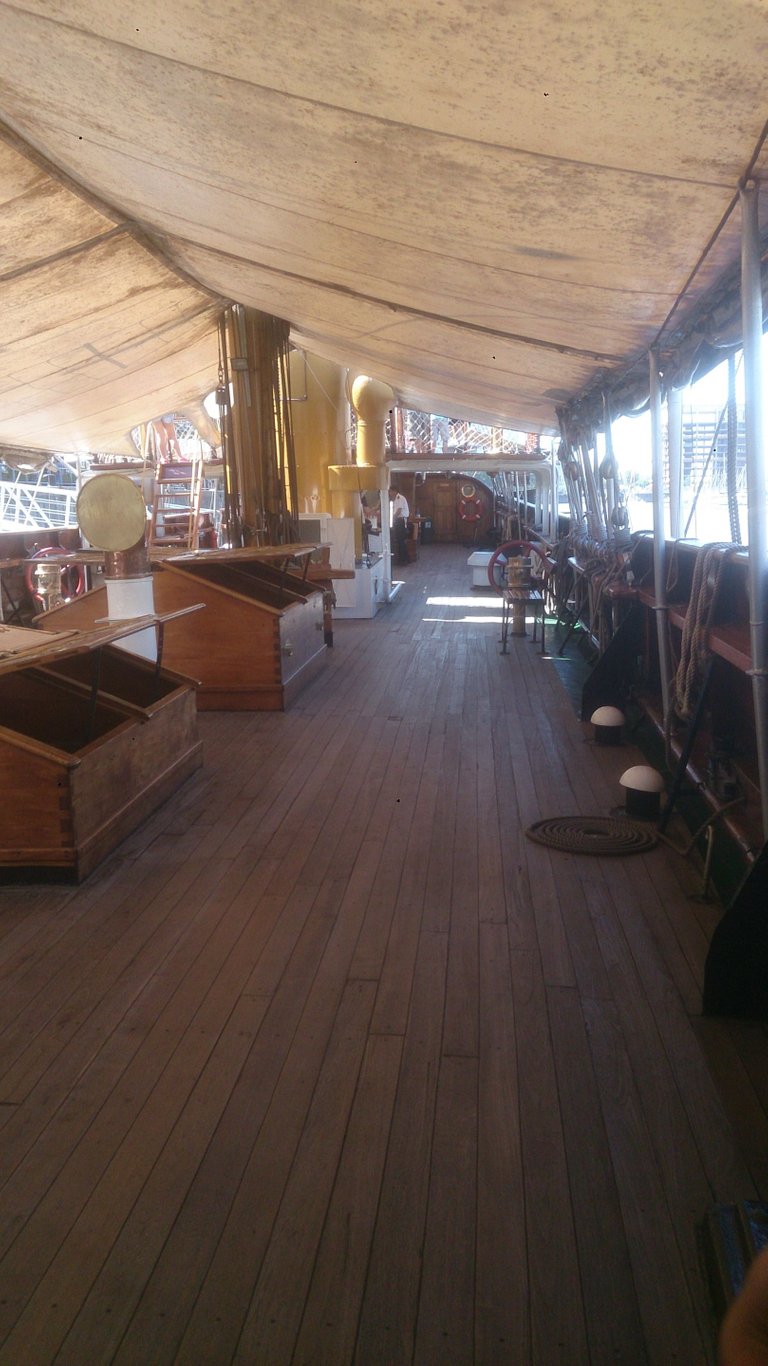
The immigrants in the highest degree of poverty after the world wars (the first and the second) arrived with only a suitcase, sometimes made of cardboard, and so much desire to work.
That is why La Boca's own style dates back to the 19th century, when working class immigrants settled in the "conventillos", a kind of boarding houses with a large number of people, where all the members of a family lived in a single room, sometimes almost on the verge of becoming overcrowded.
With the little they had, they decorated the houses with a variety of colored paints that they found in the port, sometimes half-empty jars of works that were made in the port.
That is why the walls were painted in different colors. A lifestyle that no one knew how to reflect as masterfully as the painter Benito Quinquela Martin.
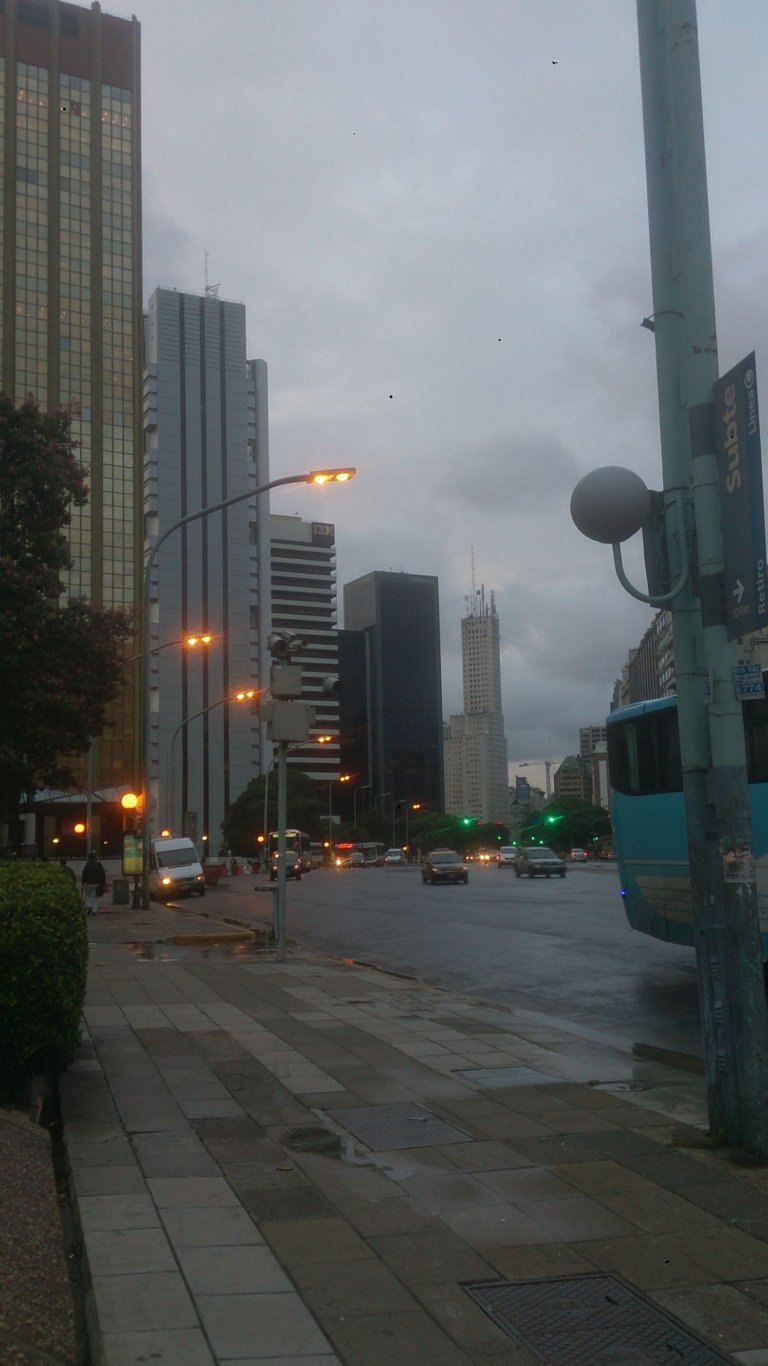
Today all that is a souvenir for the use and consumption of tourists, some of whom are European descendants who left their sweat and blood on Argentine soil.
Those same descendants can now stop, sit down and savor an exquisite coffee or a "parrillada" (grilled meat) that apart from the meat includes the famous Argentinean "achuras" (beef offal) and blood sausage.
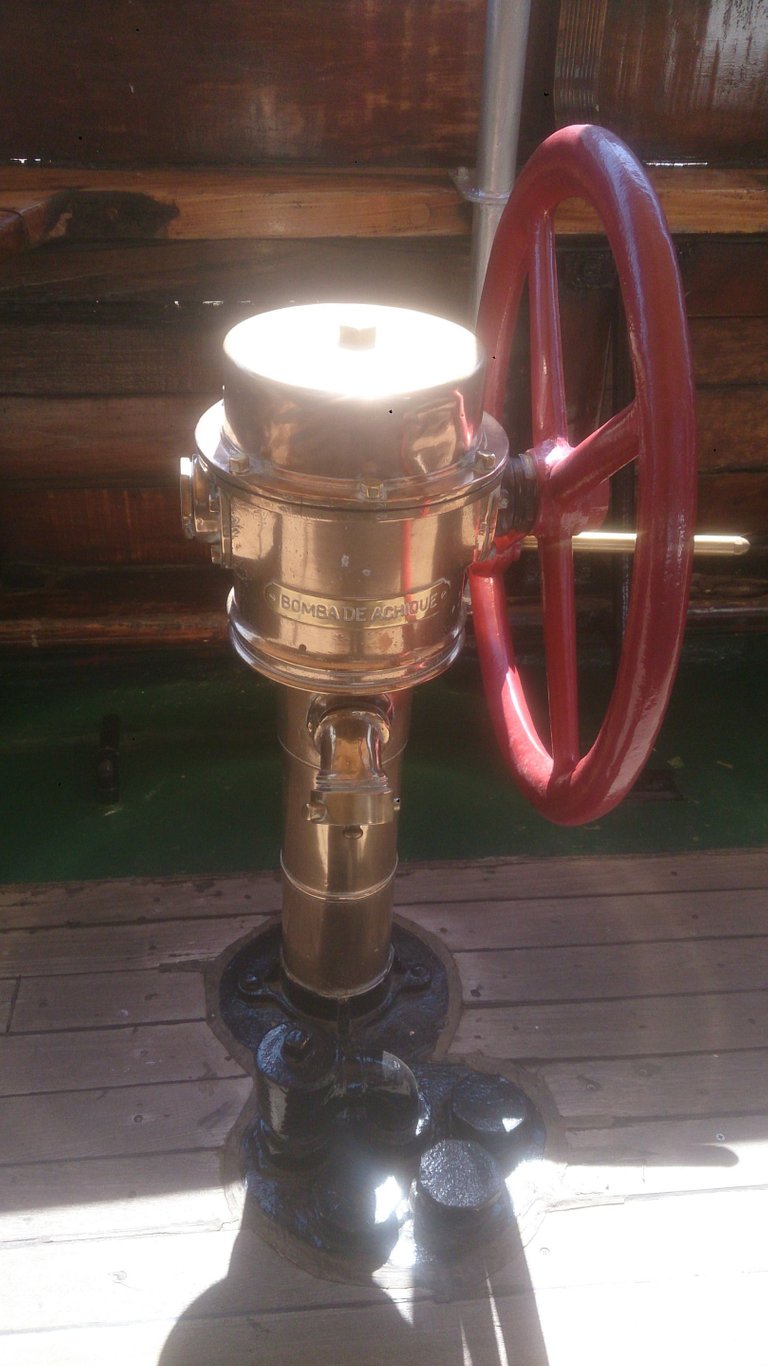
If you are a lover of sports and soccer in particular, a visit to the Boca Junios stadium, the famous Bombonera, is a must.
In this place were discovered players that would go on to become legends of world soccer such as Maradona, Riquelme and Tevez.

The neighborhood of La Boca is located in the southeast of the city center and the safest way to get there is by cab (they cost less than in any European capital), although you can also take the tourist bus to Caminito or La Bombonera, from Plaza de Mayo.
A recommendation is to visit La Boca, the port and surrounding areas during the day. Like any other neighborhood in the outskirts of a big city, it is not very safe at night, so it is advisable to take the usual safety precautions.

The Port of Buenos Aires, following the lines of the main European and North American ports, has become the place where a good number of cruise ships moor, bound for the rest of the world and also to access places such as the Falkland Islands, the Beagle Channel and Antarctica.
Until a few years ago, this type of tourism was an option for a select public with higher purchasing power. Nowadays in Argentina there are more accessible alternatives to turn the dream into reality. Thus, the port of Buenos Aires has become a place where the constant arrival of tourists from all over the world is a regular occurrence.
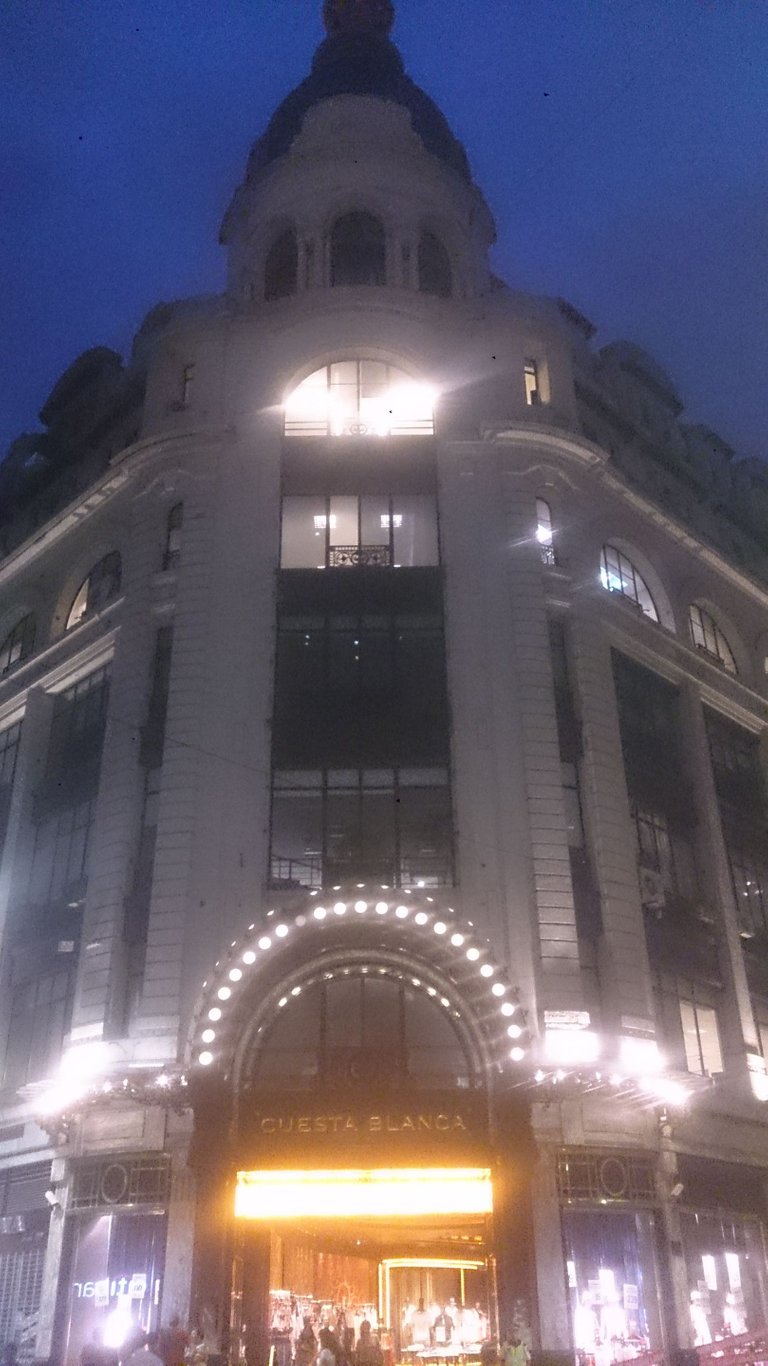
In just over twenty years, the urban landscape of the old port of the city of Buenos Aires has changed radically, undergoing a profound restructuring. The properties have become extraordinarily valuable.
The port buildings in poor condition, in disuse or that could be replaced by others, with a smaller use of surface deriving logistics services in the periphery of the city, were recycled and in their place were built towers, buildings for housing and commercial premises, destined to a sector of society that needs more than a salary to be able to buy them.
Another characteristic of this area is the proliferation of tower buildings with perimeter fences for corporate and residential use (the famous gated communities), hotels and other buildings for tourism and cultural consumption.
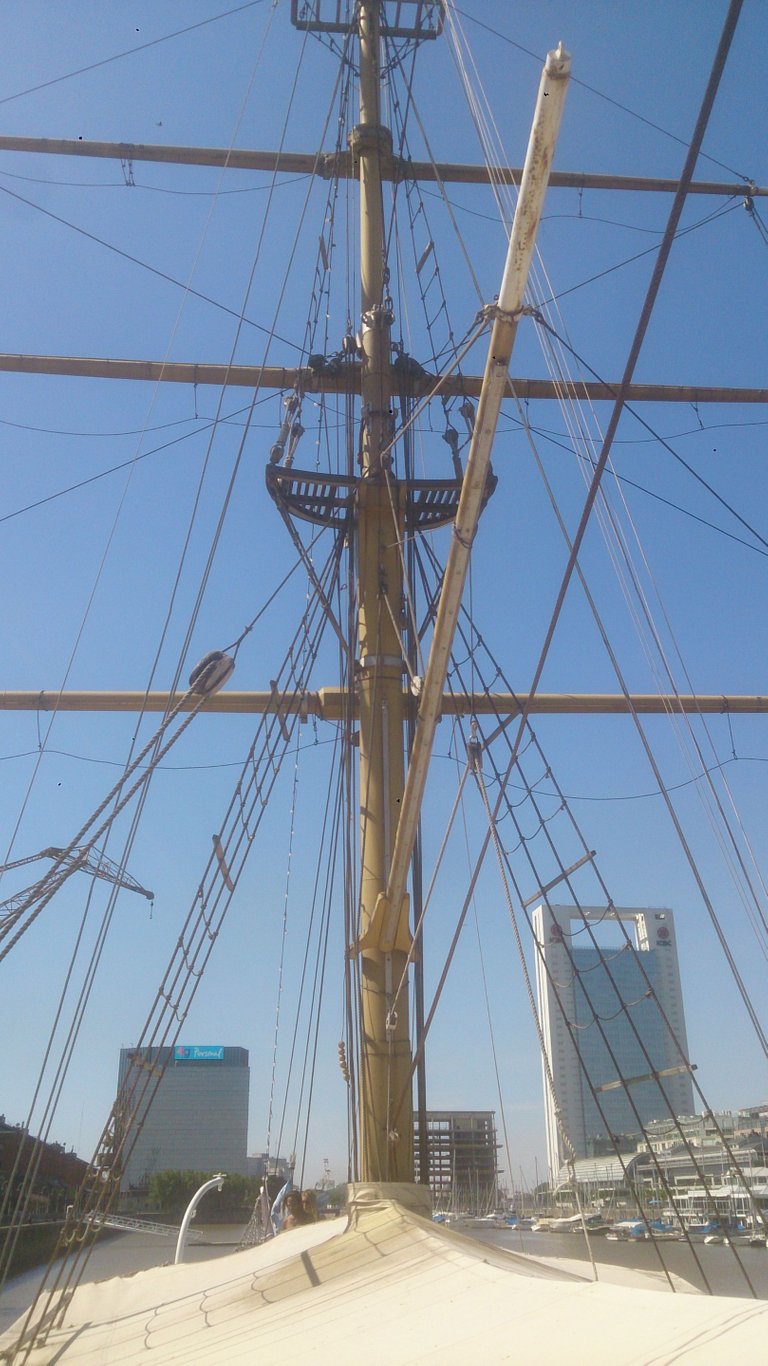
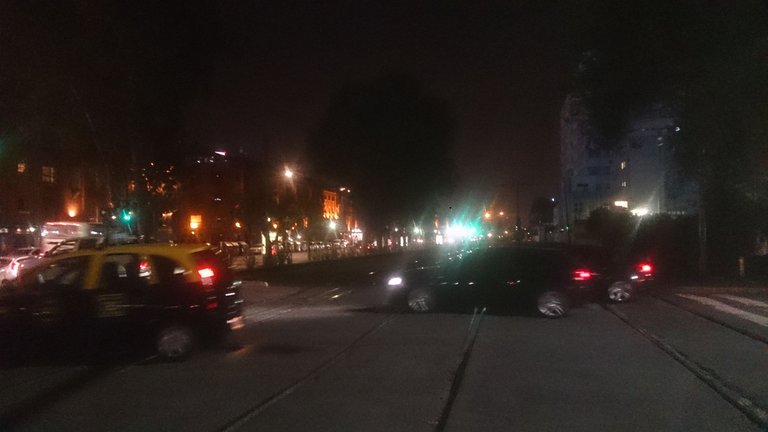
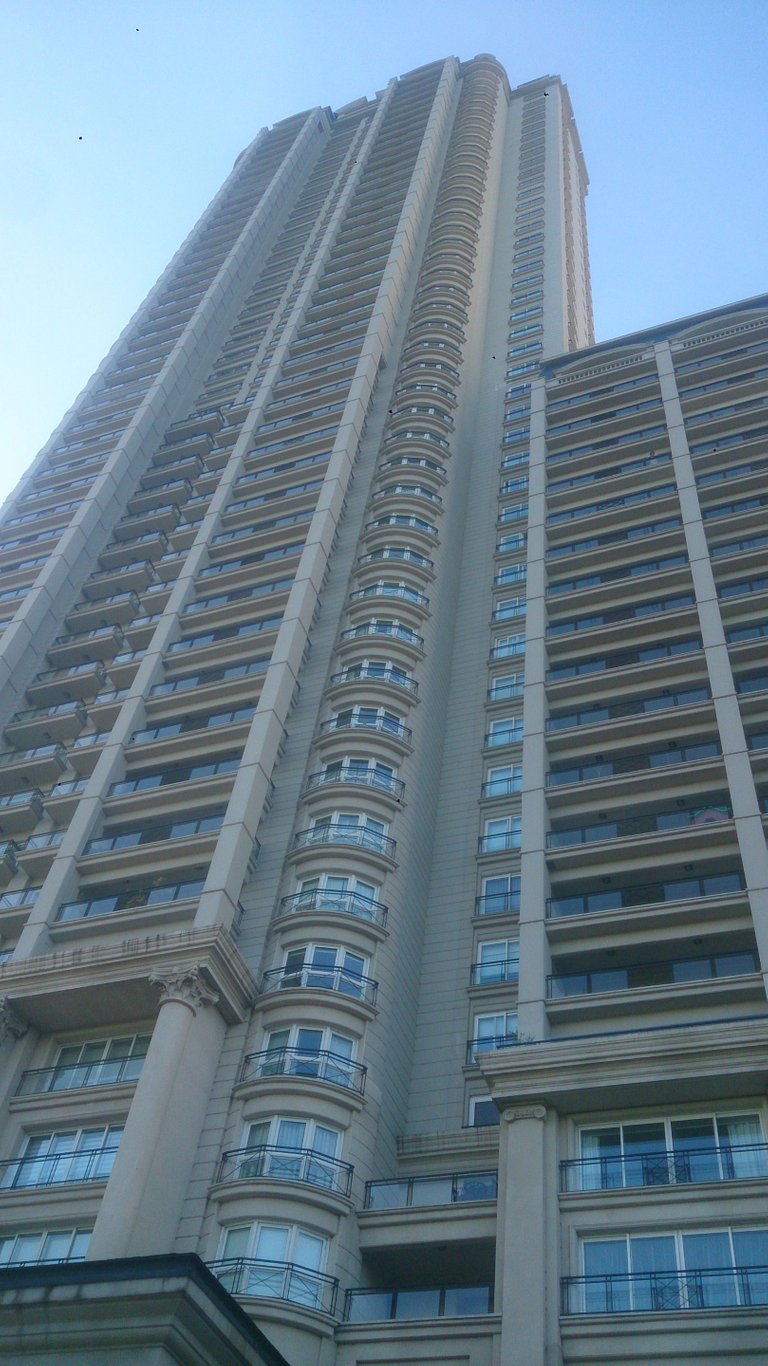

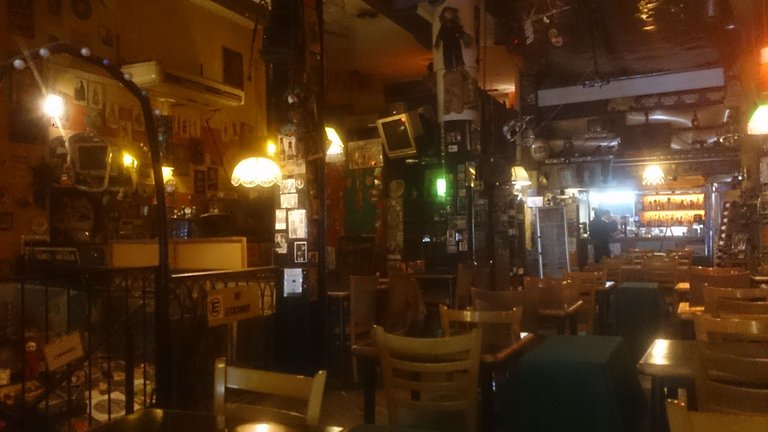
El puerto de Buenos Aires y el barrio de La Boca, pueden consderarse dos postales unidas por un mismo origen y con las mismas sensaciones de vida.
Por un lado los inmensos rascacielos que asoman sus puntas por detrás de Puerto Madero señalando la presencia de una modernidad constante en una megalópolis como Buenos Aires, cosmopolita, multiracial.
Y por el otro lado el clásico barrio de La Boca, cuna de tantos inmigrantes europeos, especialmente italianos, con sus clásicos conventillos, hoy rincones turísticos con sus casas multicolores y negocios abiertos las veinticuatro horas.
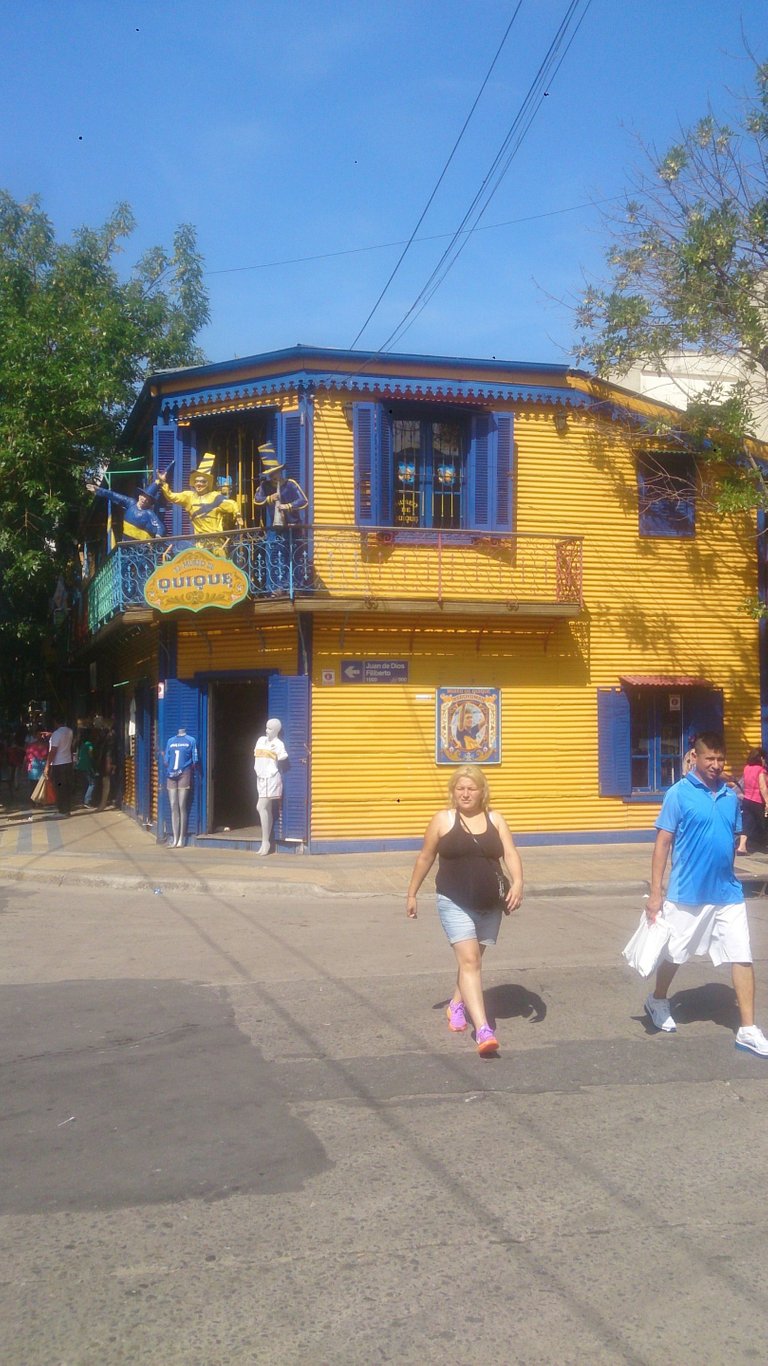
La zona del puerto de Buenos Aires y el barrio de La Boca tienen una vida nocturna propia con la apertura permanente de espacios dedicados a la cultura y al arte como el museo naval, a las gastronomia y al esparcimiento y entretenimiento en general.
Sus comercios brillantes y coloridos, la gentieza de sus propietarios y empleados tratando de captar los gustos de una clientela turística internacional, sus museos modernos, el arte callejero, los artistas de graffitis constantemente a la obra en los paredones (pocos) que aún quedan sin pintar, los shows de tango en vivo con una coreografía entre antigua y moderna con toda la sensualidad de esta música, y el componente que no podía faltar: el fútbol, La Boca es un barrio que no puedes dejar de visitar, aunque sea de pasada.
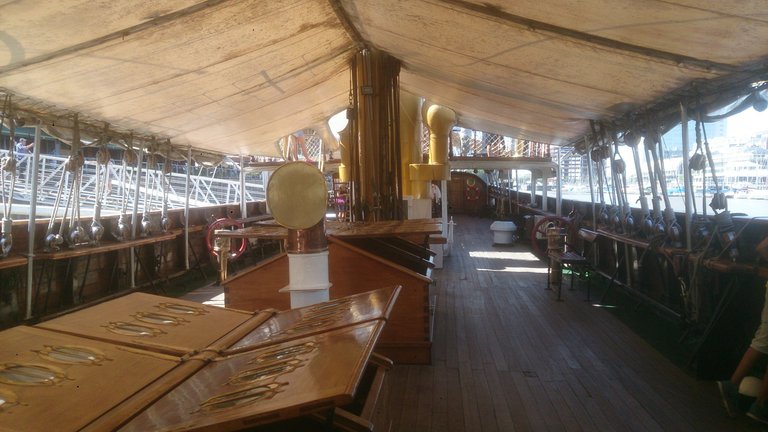
La zona portual de La Boca es una de las más antiguas y emblemáticas de la ciudad de Buenos Aires.
Por ahí llegaban los inmigrantes italianos de la Liguria que terminaron creando un club de fútball (Boca) y como no sabían que colores ponerle se sentaron los principales dirigentes en el muelle esperando la llegada del primer barco que quizás traía otros inmigrantes, o quizás era solamente un barco de carga.
La casualidad, el destino, quiso que fuera un barco con la bandera de Suecia el primero que llegara ese día. Y los dirigentes de Boca, fiel a su promesa, le pusieron a su club esos colores: el azul y el amarillo.

Los inmigrantes en el más alto grado de la pobreza después de las guerras mundiales (la primera y la segunda) llegaban apenas con una valija, a veces de cartón, y tantas ganas de trabajar.
Por eso el estilo propio de La Boca data del siglo XIX, cuando los inmigrantes de clase obrera se asentaron en los “conventillos”, una especie de pensiones con una gran cantidad de personas, donde vivían todos los integrantes de una familia en una sola habitación, a veces casi al bordo del hacinamiento.
Con lo poco que tenían decoraron las casas con una diversidad de pinturas de colores que hallaron en el puerto, a veces tarros semivacíos d eobras que se realizaban en el puerto.
Por eso motivo las paredes de distintos colores. Un estilo de vida que nadie supo reflejar tan masgistralmente como el pintor Benito Quinquela Martín.
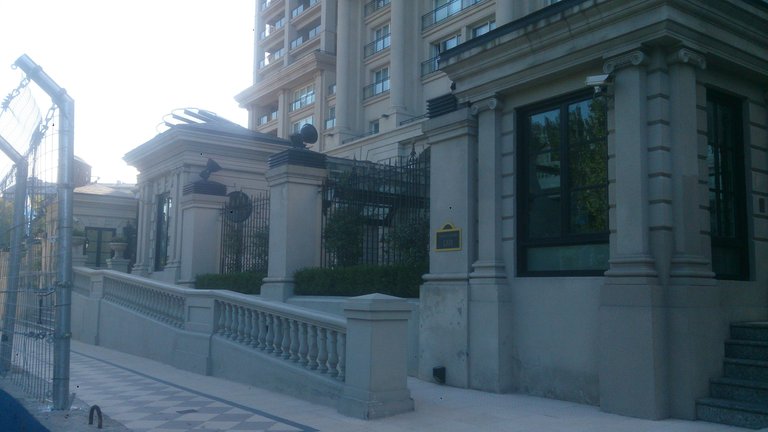
Hoy todo eso es un recuerdo a uso y consumo de los turistas, algunos de los cuáles descendientes europeos que dejaron su sudor y su sangre en suelo argentino.
Esos mismos descendientes que hoy pueden detenerse, sentarse y saborear un exquisito café o una “parrillada” (carne asada a la parrilla) que aparte de la carne incluye las famosas "achuras" argentinas achuras (vísceras de la res) y morcilla.

Si eres un amante de los deportes y del fútbol en particular una visita a la cancha de Boca Junios, la famosa Bombonera, es obligada.
En este lugar se descubrieron jugadores que pasarían a ser leyendas del fútbol mundial como Maradona, Riquelme, Tévez.
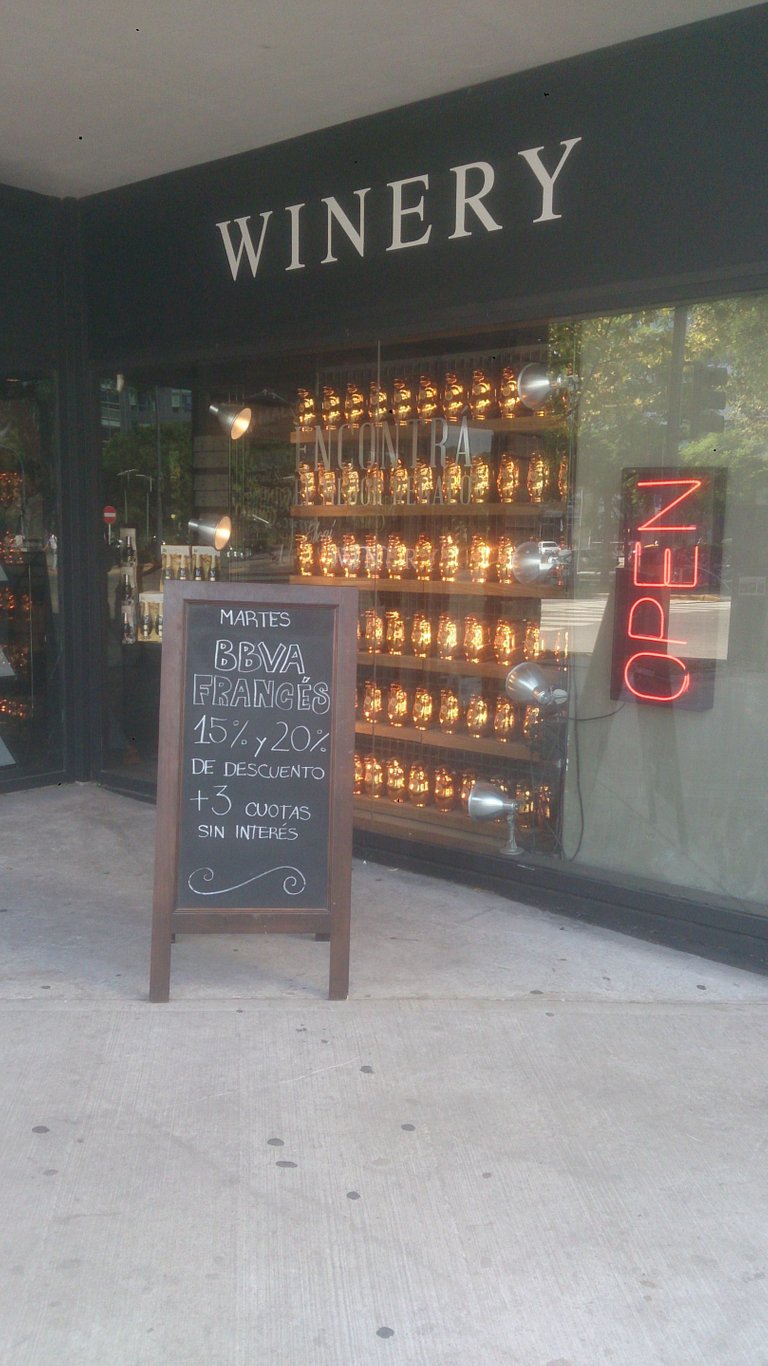
El barrio de La Boca está ubicado en el sudeste del centro de la ciudad y la manera más segura de llegar es con un taxi (cuestan menos que en cualquier capital europea), aunque también puedes tomar el autobús turístico a Caminito o La Bombonera, desde la Plaza de Mayo.
Una recomendación es visitar la Boca, el puerto y zonas aledañas durante el día. Como cualquier barrio perférico de una gran ciudad de noche no es muy seguro por lo cuúl tomar precauciones habituales de seguridad es lo más aconsejable.

El Puerto de Buenos Aires, siguiendo las lneas de los principales puertos europeos y nortamericanos se ha transformado en el lugar donde amarran un buen número de cruceros con destino al resto del mundo y también para acceder a lugares como Islas Malvinas, el Canal de Beagle y la Antártida.
Hasta hace algunos años este modo de hacer turismo era una opción destinada a un público selecto y de mayor poder adquisitivo. Actualmente en la Argentina existen alternativas más accesibles para convertir el sueño en realidad. De esa manera el puerto de Buenos Aires se ha transformado en un lugar donde el constante desembarco de turistas de todo el mundo es algo habitual.
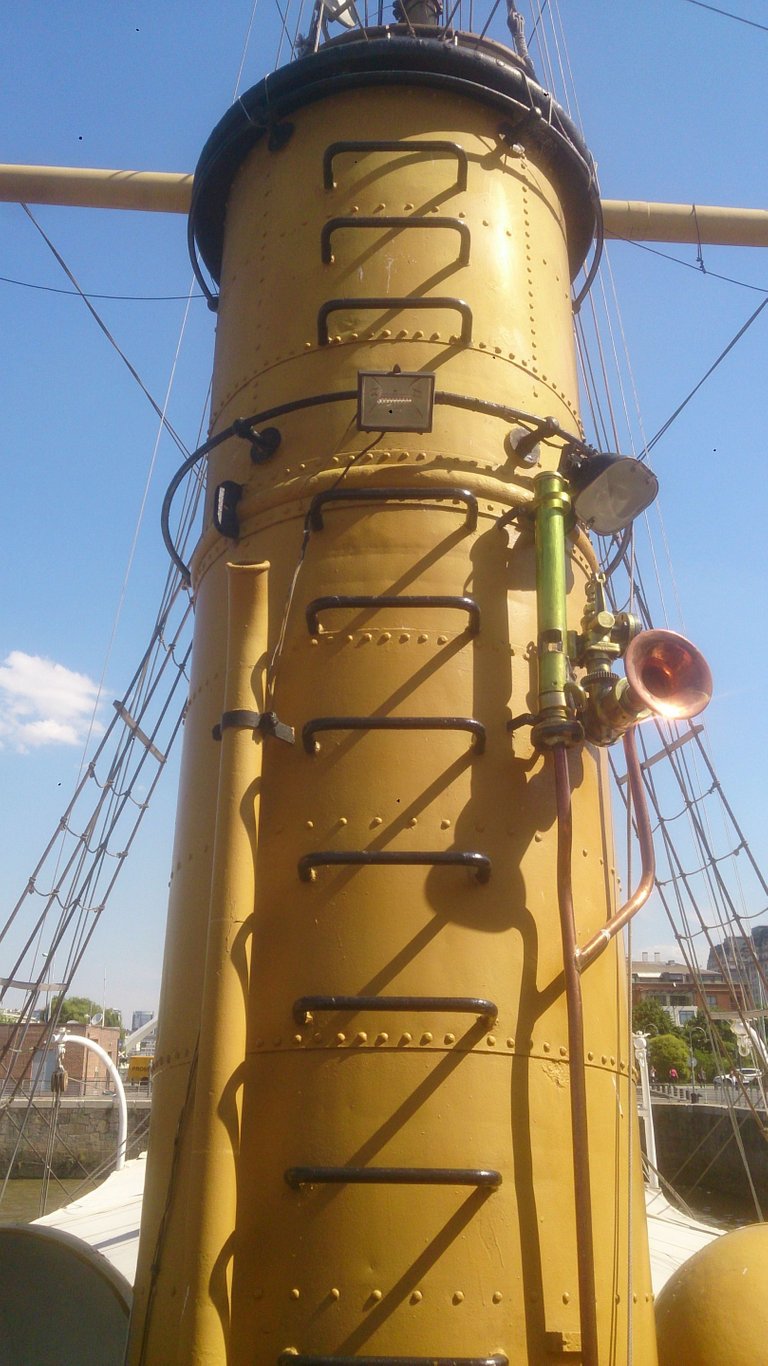
En algo más de veinte años, el paisaje urbano del antiguo puerto de la ciudad de Buenos Aires ha cambiado de manera radical, sufriendo una profunda reestructuración. Las propiedades han pasado a tener un valor extraordinario.
Las construcciones portuarias en mal estado, en desuso o que podían ser reemplazada por otras, con un empleo menor de superficie derivando los servicios de logística en la periferia de la ciudad, fueron recicladas y en su lugar construídas torres edificios destinados a viviendas y locales comerciales, destinados a un sector de la sociedad que necesita algo más que un salario para poder comprarlos.
Otra característica de esta zona es la proliferación de eficios en torre con cercos perimetrales destinados a uso corporativo y residencial (los famosos barrios privados y cerrados) los hoteles y otras construcciones destinadas al turismo y consumo cultural.
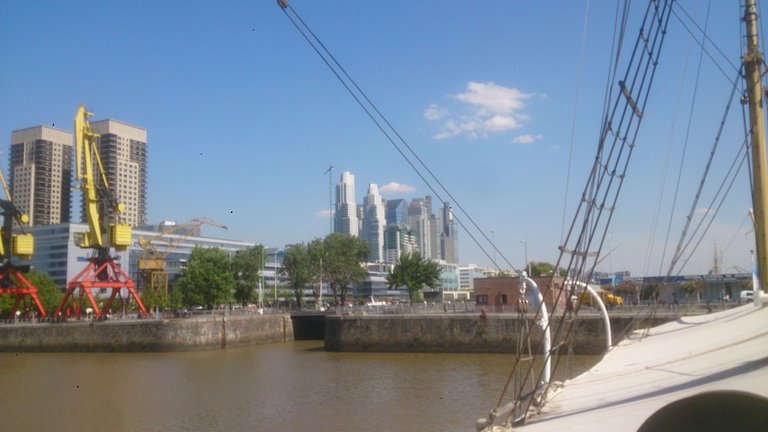
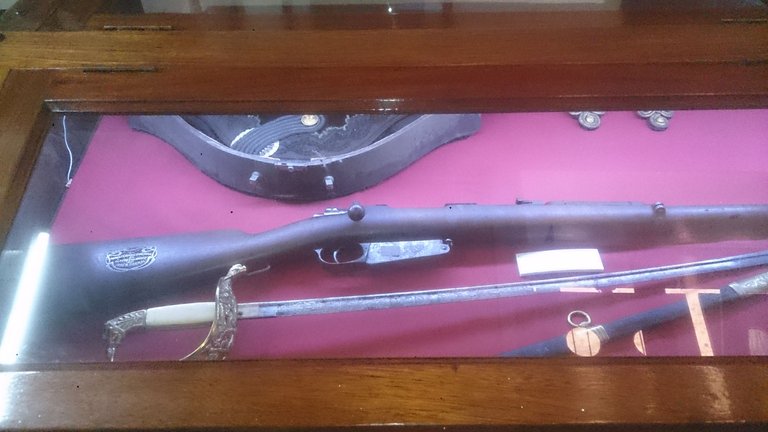
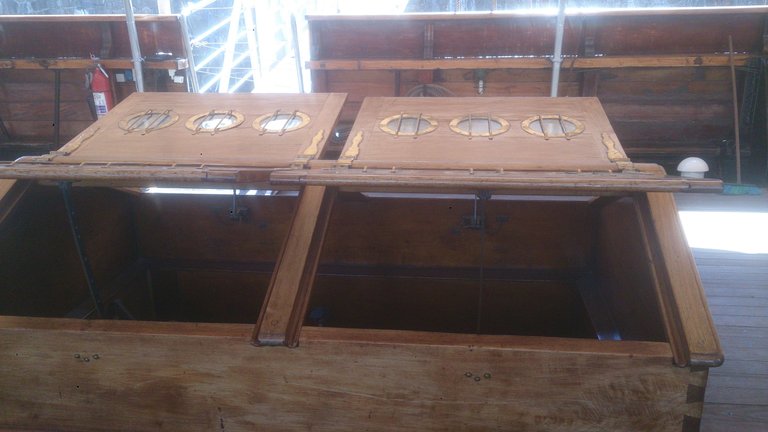

Congratulations, your post has been added to Pinmapple! 🎉🥳🍍
Did you know you have your own profile map?
And every post has their own map too!
Want to have your post on the map too?
Thanks for support from the best #HIVE travel community and for including my content on @pinmapple.
Greetings to all.
Congratulations @hubeyma! You have completed the following achievement on the Hive blockchain and have been rewarded with new badge(s) :
Your next target is to reach 4500 upvotes.
You can view your badges on your board and compare yourself to others in the Ranking
If you no longer want to receive notifications, reply to this comment with the word
STOPCheck out the last post from @hivebuzz:
Thank you for your continued support of the @hivebuzz team.
De nada @hubeyma, es un placer 😊👍
Thank you for sharing this amazing post on HIVE!
Your content got selected by our fellow curator @ashikstd & you just received a little thank you via an upvote from our non-profit curation initiative!
You will be featured in one of our recurring curation compilations and on our pinterest boards! Both are aiming to offer you a stage to widen your audience within and outside of the DIY scene of hive.
Join the official DIYHub community on HIVE and show us more of your amazing work and feel free to connect with us and other DIYers via our discord server: https://discord.gg/mY5uCfQ !
If you want to support our goal to motivate other DIY/art/music/homesteading/... creators just delegate to us and earn 100% of your curation rewards!
Stay creative & hive on!
hanks to @ashikstd and the entire @diyhub team for supporting and curating my content.
Regards.
My pleasure.
¡Felicitaciones!
Estás participando para optar a la mención especial que se efectuará el domingo 19 de septiembre del 2021 a las 8:00 pm (hora de Venezuela), gracias a la cual el autor del artículo seleccionado recibirá la cantidad de 1 HIVE transferida a su cuenta.
¡También has recibido 1 ENTROKEN! El token del PROYECTO ENTROPÍA impulsado por la plataforma Steem-Engine.
1. Invierte en el PROYECTO ENTROPÍA y recibe ganancias semanalmente. Entra aquí para más información.
2. Contáctanos en Discord: https://discord.gg/hkCjFeb
3. Suscríbete a nuestra COMUNIDAD y apoya al trail de @Entropia y así podrás ganar recompensas de curación de forma automática. Entra aquí para más información sobre nuestro trail.
4. Visita nuestro canal de Youtube.
Atentamente
El equipo de curación del PROYECTO ENTROPÍA
Gracias por curar y apoyar mis contenidos @entropia. Saludos.
Excelente documental que hace @hubeyma, una historia que es repetida en muchos países de América del Sur...tantas personas que llegaron como dice con una maleta de cartón para no decir caja buscando calidad de vida, con muchos ánimos a salir adelante...muy pintoresco todo lo que muestra y las recomendacions de cómo llegar a La Boca.
Saludos
Gracias @mercmarg por entender y comentar el sentido del post.
En estos momentos hay algunas regiones de Italia que está promocionando el regreso de descendientes de italianos para repoblar algunos pueblos que se van quedando sin habitantes. Ahí me enteré que, por ejemplo, en Argentina hay 22 millones de descendientes de italianos (la mitad de su población) y en Brasil 40 millones.
Para tener una idea de lo que significó la inmigración europea hacia América en general después de las dos guerras mundiales.
Saludos.
Y en Venezuela imagínese, parece que la mayoria son dscendientes de españoles e italianos. Muchos salieron del país con pasaporte europeao : hijos, nietos, etc...
Saludos